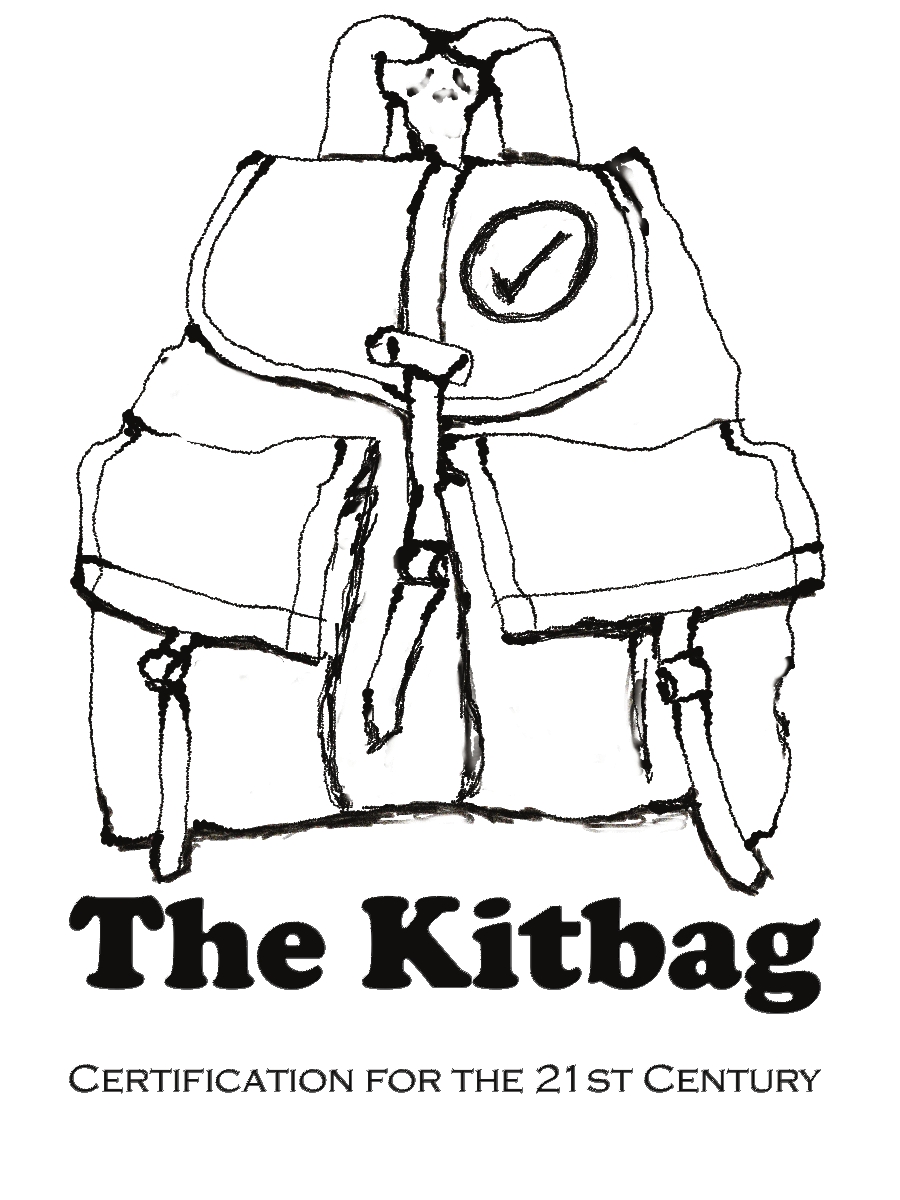In the world of standards, the term conformity is use rather than compliance. This is to distinguish between requirements set by governments that are legal or regulatory requirements that are to be 'complied with' and voluntary elements set out in standards that are to be 'conformed with'.
While this distinction may seem trivial at first blush it is important to note that there are some fundamental differences in how these two processes work. Failure to comply with the law can result in penalties while failure to conform with a standard means that certification may not be granted, or if it has been granted may be suspended or withdrawn. Conformity is a voluntary act while compliance is imposed.
More importantly from the perspective of those creating a standard, these two processes begin with two different attitudes.
Legal enforcement processes (compliance) normally are undertaken with the express purpose of uncovering noncompliance, that is why police in most countries are allowed to lie when interrogating a suspect; their goal is to find out what you have done that is against the law. They have no responsibility to help you demonstrate your innocence.
In the case of conformity assessment the process begins with the assumption that the client is in conformity with the standard and the job of the auditor and the Conformity Assessment Body (CAB) is to evaluate the client's evidence to determine whether or not their belief that they are in conformity is correct.
It is not uncommon for inexperienced participants in a new standards writing initiative to model their standard after regulations or legislation.
Government enforcement agents conduct investigations and in that process they search for new information.
Auditors evaluate the available evidence and determine where there is not sufficient evidence to demonstrate conformity. When a non-conformity is discovered they do not start an investigation, rather they point out the non-conformity and ask that it be resolved. If the non-conformity is serious it may be decided that the client will not be certified, or if already certified swift action to demonstrate conformity may be sought or a certificate may be suspended or withdrawn.
For the standard writer, work to keep in mind how audits are conducted and how audit evidence is evaluated and what a non-conformity means.
